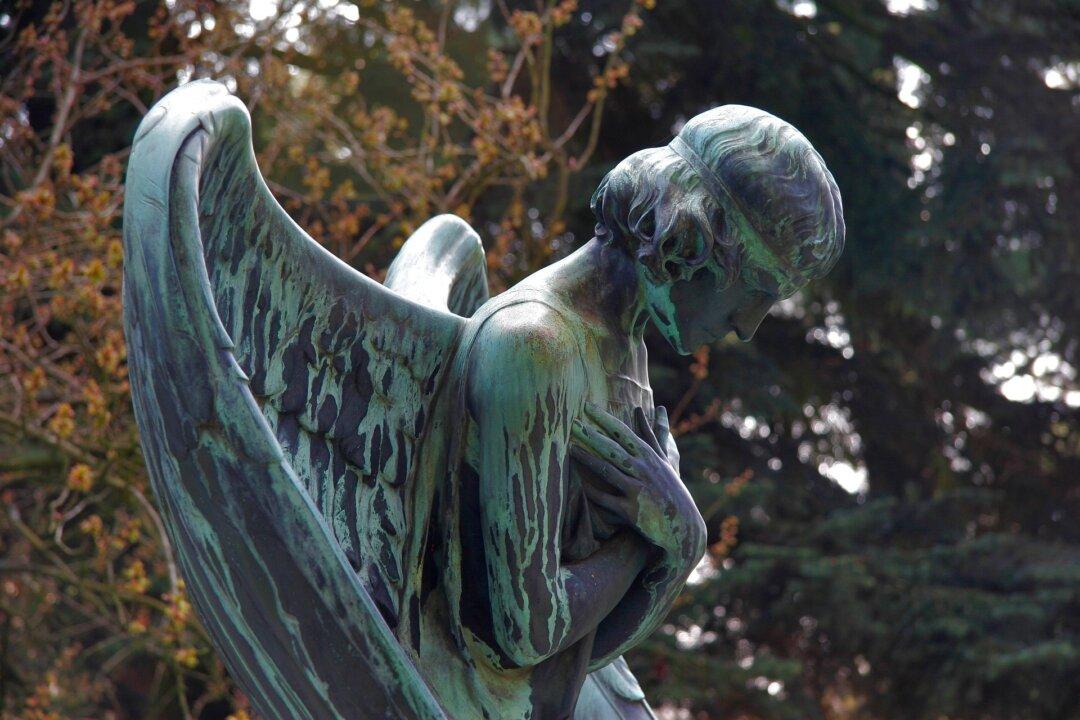Commentary
In May 2003, the “International Trade and Business Law Annual,” of which I was founding editor-in-chief, published an article on Belgium’s new euthanasia laws, which were passed on May 28, 2002.

In May 2003, the “International Trade and Business Law Annual,” of which I was founding editor-in-chief, published an article on Belgium’s new euthanasia laws, which were passed on May 28, 2002.